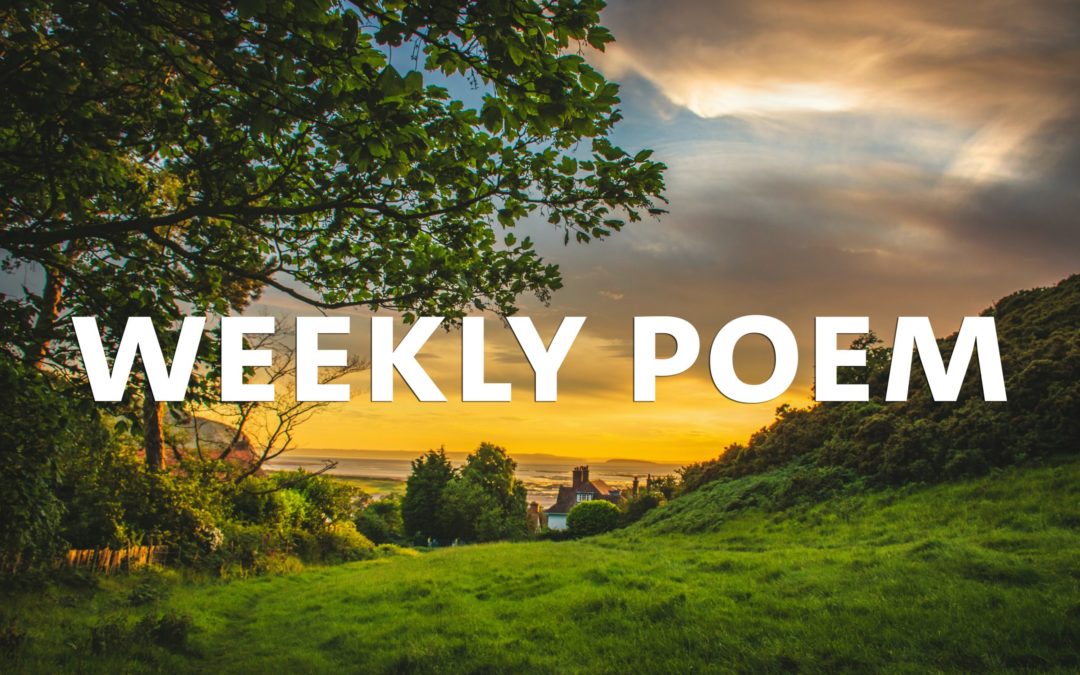
This path our people walked
one hundred two hundred endless years
since the tall grass opened for us
and we breathed the incense that sun on prairie
offers to skyPeace offering with each breath
each footstep out of woods
to grasslands plotted with history
removal remediation restorationPeace flag of fringed prairie orchid
green glow within white froth
calling a moth who nightly
seeks the now-rare scent invisible to usinvisible history of this place
where our great-grandfather a boy
beside two priests and 900 warriors
gaze intent in an 1870 photo
his garments white as orchidsPeace flag white banner with red cross
crowned with thorns held by a boy
at the elbow of a priest
beside Ojibwe warriors beside Dakota warriorsPeace offered after smoke and dance
and Ojibwe gifts of elaborate beaded garments
thrown back in refusal
by Dakota Warriors torn with grief
since their brother’s murderThis is the path our people ran
through white flags of prairie plants
Ojibwe calling Dakota back
to sign one last and unbroken treatyPeace offering with each breath
each footstep out of woods
to grasslands plotted with history
removal remediation restorationTwo Dakota held up as great men
humbled themselves
to an offer of peace
before a long walk southbefore our people entered the trail
walking west and north
where you walk now
where we seek the sourcethe now-rare scent
Copyright © 2016 by Heid E. Erdrich. This poem was commissioned by the Academy of American Poets and funded by a National Endowment for the Arts Imagine Your Parks grant. https://poets.org/poem/peace-path
invisible as history
history the tall grass opens for us
Breathe the incense of sun on prairie
Offer peace to the sky
This beautiful, intense poem stems from the remarkable pen of the Ojibwe writer Heid Erdrich. It powerfully evokes the migratory lifestyle of Erdrich’s people, who called themselves Anishinaabe, in the territories between what are now Canada and the USA as well as their torn history in shifting treaties and conflicts with both Europeans and the neighboring Dakota people. I chose this poem in particular because of its wonderful imagery as well as the resonant use of alliteration and repetition. I also found it was a wonderful illustration of how poetry is so tied up with the sounds and rhythms of language, but can also be felt in the visual spacing on the page. If you enjoyed Erdrich’s use of language as much as I did, or want to learn more about her, you might enjoy this video.
Did you enjoy this poem and have something you would like to comment on? Do you have another you would like to share? Please join us in celebrating the beauty of language, voice and poetry by writing in the comment box below or sending us your favorites here (both options can be anonymous).


